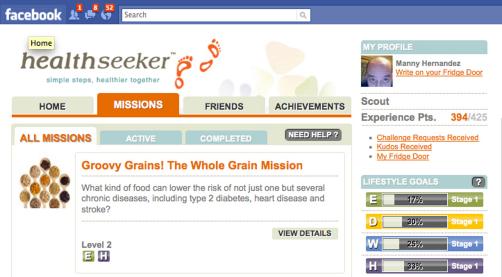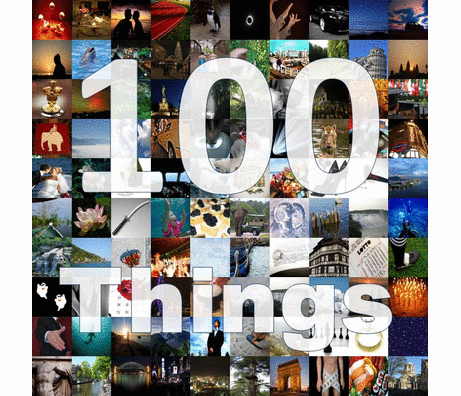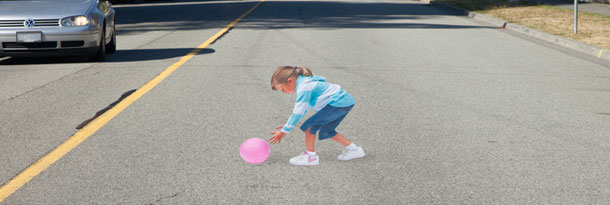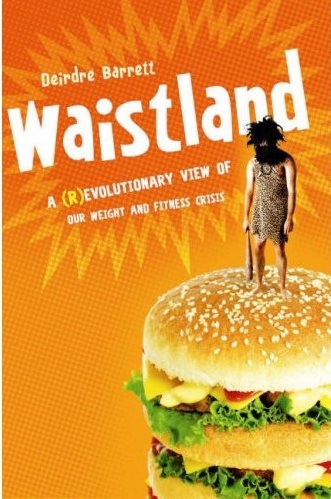Combating Senior Scams with Cognitive Design
Monday, November 22nd, 2010 Scams targeting older adults come in many shapes and sizes. Unfortunately, they work amazing well and often go unreported out of fear and shame. Many assume that senior scams work because older adults have experienced some form of cognitive decline. Senior scams are designed to exploit the impaired decision-making, reading and memory skills of older adults.
Scams targeting older adults come in many shapes and sizes. Unfortunately, they work amazing well and often go unreported out of fear and shame. Many assume that senior scams work because older adults have experienced some form of cognitive decline. Senior scams are designed to exploit the impaired decision-making, reading and memory skills of older adults.
Recent research paints a more complex picture. One with strong implications for those designing solutions to defeat the scamers. For an excellent summary see the article in Scientific American on the Psychology Behind Seniors’ Susceptibility to Scams. They point out that it is not just cognitive decline that is being exploited but shifting cognitive needs. It turns out that older adults worry less about losing money because:
“As people age and begin to feel that their time is limited, some researchers suggest, they seek out emotional fulfillment. This tendency to focus on the positive changes the decisions older people make.”
This has been confirmed with controlled studies and brain scans:
“When expecting a loss, however, younger and older adults responded differently. Younger adults reported being more upset and showed higher blood flow in the insula, a part of the brain implicated in negative emotions. As the amount of money at stake increased, so did negative feelings and insula activation. The older adults, on the other hand, didn’t feel as bad as younger adults did, and showed less activation in the insula.”
Senior scams are working because they exploit this positivity effect. This is not a form of cognitive decline but signals a shift in cognitive need as we age. And there are likely others. For example, in my cognitive design workshop several teams have observed that reading the mail can become a ritualized and high-meaning event for seniors.
As with all applications of cognitive design, we need to understand the underlying cognitive processes and psychological needs (intellectual, affective, motivational, volitional) to create solutions that move hearts and minds. So far the scammers have figured this out better than those that would prevent them.










